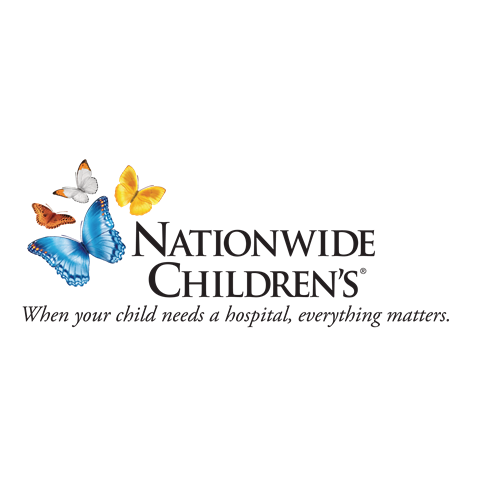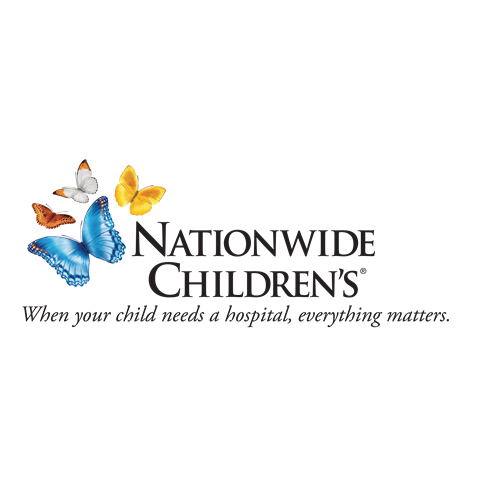Available Technologies
# of Displayed Technologies: 5 / 5
Categories
 Adeno-Associated Virus Delivery of CLN8 Polynucleotide
Adeno-Associated Virus Delivery of CLN8 Polynucleotide
TS-002095 — About 3 of every 100,000 births are affected by Batten disease, a disorder that prevents the body from removing cellular waste like lipids and proteins. The build up of cellular waste throughout the body can cause seizures, vision loss, delays in thinking, abnormal movements and death. Researchers at Nationwide Children’s Hospital created a new intrathecal gene therapy using Adeno-Associated viral vectors for Batten Disease caused by mutations in the CLN8 gene. They generated an Adeno-Associated viral vector serotype 9 (AAV9) that contains the human CLN8 cDNA driven by a promoter.
Additionally, they designed a new concept of intrathecal dosing which calculates the dosage by the size and growth rate of the nervous system and cerebrospinal fluid. The intrathecal gene therapy method can be used for Batten disease caused by mutations in the CLN8 gene along with other gene therapy…
- College:
- Inventors: Meyer, Kathrin; Kaspar, Brian; Likhite, Shibi
- Licensing Officer: Eidahl, Jocelyn
 Optimizing Gene Therapy for Targeting of Specific Cell Types in the Retina Using Different Viral Vectors, Different Promoters and Different Delivery Routes
Optimizing Gene Therapy for Targeting of Specific Cell Types in the Retina Using Different Viral Vectors, Different Promoters and Different Delivery Routes
TS-000441 — Gene therapy experts at Nationwide Children’s hospital are utilizing adeno-associated virus (AAV) mediated gene therapy to target specific cell types within the retina to treat vision impairment, retinal degeneration and vision-related disorders. Although, use of ocular administration of gene therapy vectors has shown some promising results, there is a need for improved gene therapy methods. Our experts have designed various viral vectors, promoters, novel co-administration therapies and multiple delivery routes to target particular cell types in the retina. This preclinical study offers hope for treating vision loss.
Benefits:
This technology comprises different injection methods, different promoters, different viral vectors and combinatorial approaches.
We have data which has enabled us to understand which viral vector/promoter/injection route combination works best for targeting of specific cell types in the retina. This will allow us to further improve gene therapy strategies for Batten Disease and for other disorders that cause retinal degeneration.
Potential Markets/Applications:
There are multiple groups working on AAV gene therapy for vision. The current methods are not sufficient to efficiently target bipolar cells in the retina. We are developing protocols and vectors that should be more efficient in targeting these cells as well as other cell types.
Opportunity/Seeking:
Development Partner
Licensing
Seeking Investment
IP Status:
Patent Application Submitted
- College:
- Inventors: Meyer, Kathrin; Kaspar, Brian; Likhite, Shibi
- Licensing Officer: Eidahl, Jocelyn
 Sustained Expression of MHC Class I Protects Motor Neurons from ALS Astrocyte-Induced Toxicity
Sustained Expression of MHC Class I Protects Motor Neurons from ALS Astrocyte-Induced Toxicity
TS-000208 — Ninety percent of cases of amyotrophic lateral sclerosis (ALS) are sporadic and lack a familial association, but the etiology of sporadic ALS remains largely unknown. The laboratory of Dr. Brian
Kaspar at Nationwide Children’s Hospital has discovered that overexpression of the HLA-F MHC class I molecule in motor neurons is protective against ALS. Further, they have identified a pharmaceutical composition that increases the expression of HLA-F in motor neurons and would serve as a treatment option for patients with both sporadic and familial ALS.
- College:
- Inventors: Kaspar, Brian
- Licensing Officer: Barkett, Margaret
 Microglia Induce Motor Neuron Death via the Classical NF-kB Pathway in ALS
Microglia Induce Motor Neuron Death via the Classical NF-kB Pathway in ALS
TS-000170 — Nuclear Factor-kappa B (NF-κB) is a master regulator of inflammation and is upregulated in the spinal cord of ALS patients and in ALS mice models. Researchers at Nationwide Children’s Hospital have demonstrated that NF-κB inhibition in ALS microglia rescued motor neurons (MNs) from microglia-mediated death in vitro and extended survival in ALS mice by impairing pro-inflammatory microglial activation. This work for the first time provides a cellular and molecular mechanism by which microglia induce motor neuron death in ALS and suggests a new therapeutic target to modulate microglial activation and slow the progression of ALS and other neurodegenerative diseases in which microglial activation plays a role. The USPTO has issued a patent for this application in May, 2016
- College:
- Inventors: Kaspar, Brian; Frakes, Ashley
- Licensing Officer: Eidahl, Jocelyn
 ALS Astrocytes with Natural Killer Properties
ALS Astrocytes with Natural Killer Properties
TS-000149 — ALS, commonly referred to as Lou Gehrig’s disease, is characterized by selective, premature degeneration and death of motor neurons (MNs) in the motor cortex, brain stem and spinal cord. Studies have demonstrated that not only MNs but also non-neuronal cell types including microglia and astrocytes play a significant role in disease onset and progression. Researchers at Nationwide Children’s Hospital have identified a previously undescribed disease mechanism in which astrocytes use killing pathways typically ascribed to the innate immune system, and can use these mechanisms as targets for therapeutic intervention in ALS.
- College:
- Inventors: Kaspar, Brian
- Licensing Officer: Barkett, Margaret
